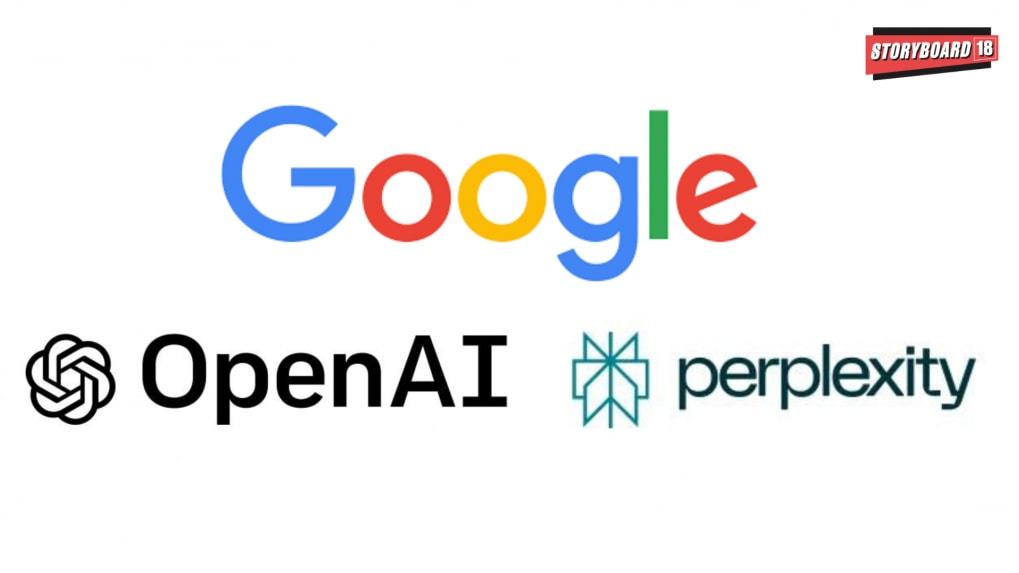Chrome killers? How OpenAI and Perplexity AI browsers could rewire Google’s ad empire
As AI browsers emerge, Google’s ad moat faces a new test. OpenAI and Perplexity's new AI browsers set to challenge Google's ad dominance.
ADVERTISEMENT
Two fast-growing AI companies, OpenAI and Perplexity, have unveiled plans for full-featured browsers aimed squarely at Google Chrome. With OpenAI preparing a Chromium-based browser embedding its conversational agent and Perplexity already launching its AI-native Comet browser in beta, advertisers must brace for a significant shift in how digital ads are served, tracked and experienced.
From Chrome to AI browser battlegrounds
Google Chrome has been a silent workhorse for Alphabet’s ad business, collecting user data that fuels targeted search and display advertising. But AI-native browsers are poised to disrupt this pipeline, pulling user attention, and valuable intent signals, into chat-based, task-completion interfaces. OpenAI’s browser, rolling out soon, will blend conversational search with “Operator,” an assistant capable of booking flights or filling forms. Perplexity’s Comet, now in $200/month beta, offers a sidebar AI assistant that summarizes emails, books travel and performs real-time search within a conversational framework.
Redefining Ad Slots: from banners to AI mentions
Traditional ad strategies focus on securing prime placement in blue-link results or within display ad slots. AI browsers, however, collapse these boundaries. Brands will soon be vying for mentions within AI-generated answers or agent-driven recommendations, shifting the locus of ad spend from keyword bidding to conversational visibility. Perplexity, for instance, has begun testing “sponsored follow-up questions” that seamlessly embed ad content within its chat responses.
A New Data and Privacy Paradigm
AI-native browsing will reshape how user data is captured. Perplexity’s Comet emphasizes local data storage and claims it does not train its models on user content, aiming for a privacy-forward positioning. Still, its CEO has acknowledged plans to leverage behavioral signals for “hyper-personalized” advertising, signaling that a new form of targeting could emerge: contextual, intention-driven and tied directly to live user interactions.
OpenAI, with its own browser and chat integrations, could gather even richer user signals, potentially offering advertisers a new channel for precise, privacy-aligned targeting that bypasses traditional tracking reliant on cookies.
Google under pressure - but prepared
As user attention shifts toward AI interfaces, Google’s ad machine faces a clear threat. Even a modest user migration to AI browsers could impact the data volume and search queries flowing through Google, forcing a rethink of its ad strategies. Google has already responded by rolling out AI-powered summaries and conversational features within Search and Chrome, aiming to retain users within its ecosystem.
Transparency and trust
Brands will demand transparency in these new environments. Unlike a search results page where multiple links are visible, AI responses often provide a single authoritative answer. Advertisers will need assurances on how content is selected for inclusion, how bias is avoided and how brand safety is ensured.
Preparing for an AI-first ad future
For advertisers, the rise of AI browsers means testing new models: conversational sponsorships, branded answers and agent-based recommendations. It also means rethinking measurement, creative strategy and attribution as the click-centric world gives way to AI-mediated transactions.
Read more: OpenAI set to take on Google Chrome with AI-powered browser
Read more: Perplexity launches AI-powered browser 'Comet'; aims at Google Chrome’s 68% market share

